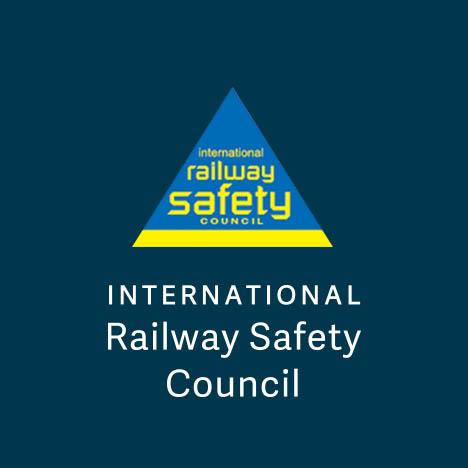The previous level crossing physical assessment model was designed to ensure compliance with the SANS 3000 level crossing standard (SANS 3000-2-2-1:2012) in 2012 which became obsolete from November 2021. It is therefore important to ensure that the level crossing physical assessment model is evaluated and aligned to the new level crossing standard, SANS 3000-2-2-1: 2021 (Requirements for systematic engineering and operational safety standards Ð Track and Associated Civil Infrastructure and Installations
Ð Level crossings). The objective of the risk assessment process is the successful management of identified hazards. It is aimed at protecting the level crossing user, network operator or road authority, or persons close to the level crossing, against adverse consequences of exposure to risk, by reducing the probability and severity of undesired events. This process, as prescribed through the SANS 3000-2-1 standard is complex and requires extensive training, experience and knowledge of a team representing the rail- and roads authority. To standardize the outcome of the assessments and manage the risk analysis, available technology to aid in the physical assessment needs to be implemented. The 4th Industrial Revolution, also understood as the-internet-of-things, not only accelerated the development of new technology but also enabled the integration of the technology that allows access to a range of new data. In this paper the available technology for the physical assessment of level crossing and the integration of the data is explored with a specific focus on the prevention of occurrences at level crossings.

